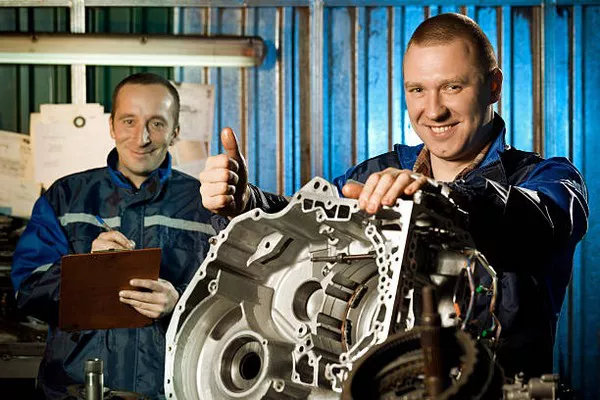A pioneering 3D printing technique developed by researchers at the University of Oxford may pave the way for personalized treatments for individuals suffering from brain injuries. The groundbreaking study reveals that it is now possible to 3D print neural cells to mimic the structure of the cerebral cortex. Brain injuries, whether due to trauma, stroke, or surgery, often lead to substantial damage to the cerebral cortex, resulting in cognitive, motor, and communication impairments. This innovative technique offers hope for treating severe brain injuries, as there are currently no effective treatments available.
Every year, approximately 70 million people worldwide experience traumatic brain injuries, with 5 million of these cases classified as severe or fatal. Traditional treatments have yielded limited success, underscoring the need for innovative approaches. One potential solution is regenerative therapies that involve implanting stem cells derived from patients’ own cells. However, these therapies face a critical challenge: ensuring that the implanted stem cells closely resemble the brain’s architecture.
In this recent study, researchers at the University of Oxford achieved a significant milestone by using 3D printing to fabricate a two-layered brain tissue using human neural stem cells. When these printed cells were implanted into mouse brain slices, they demonstrated structural and functional integration with the host tissue.
Dr. Yongcheng Jin, the lead author of the study, emphasized the significance of this advancement in creating materials that closely resemble natural brain tissues. He highlighted the potential for exploring the intricacies of the human cortex and offering hope to individuals suffering from brain injuries.
The cerebral cortical structure was created using human induced pluripotent stem cells (hiPSCs), which have the potential to generate various cell types found in human tissues. A key advantage of using hiPSCs is their ability to be derived from a patient’s cells, reducing the risk of an immune response.
The hiPSCs were differentiated into neural progenitor cells, simulating two different layers of the cerebral cortex, using specific combinations of growth factors and chemicals. These cells were then suspended in a solution to create two ‘bioinks,’ which were 3D printed to form a two-layered structure. In culture, the printed tissues maintained their layered architecture for weeks, as confirmed by the expression of layer-specific biomarkers.
When the printed tissues were implanted into mouse brain slices, they displayed strong integration, with neural processes projecting and neurons migrating across the implant-host boundary. Significantly, the implanted cells exhibited signaling activity that corresponded to that of host cells, demonstrating both functional and structural integration.
The next step for the researchers is to refine the droplet printing technique to create more complex multi-layered cerebral cortex tissues that more accurately mimic the human brain’s architecture. Apart from their potential in brain injury treatment, these engineered tissues could be used in drug testing, studies of brain development, and enhancing our understanding of cognition.
This achievement builds on the team’s extensive experience in inventing and patenting 3D printing technologies for synthetic tissues and cultured cells. Senior author Dr. Linna Zhou expressed optimism about personalized implantation treatments for brain injuries. Associate Professor Francis Szele underscored the potential of using living brain slices as a platform to explore the utility of 3D printing in brain repair, serving as a bridge between in vitro studies and animal models. Finally, Professor Zoltán Molnár highlighted the substantial progress made in controlling the development of human iPSCs into the basic functional units of the cerebral cortex. Professor Hagan Bayley emphasized the multidisciplinary interactions that led to this futuristic endeavor.
This pioneering 3D printing technique represents a significant advancement in brain injury treatment, offering hope for patients and furthering our understanding of brain structure and function.

